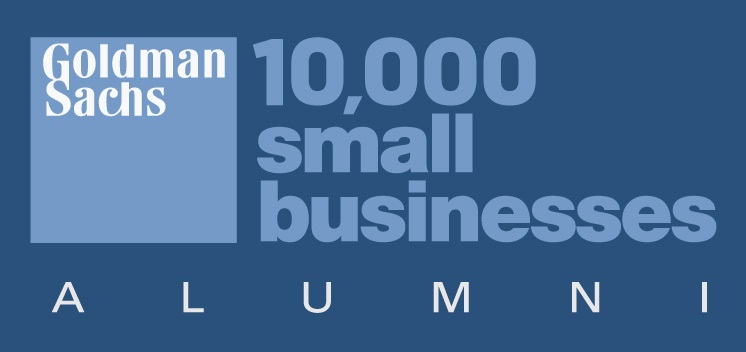What’s the big idea?
While most of us are aware of the fact that there are inequities across the country, it is most fervently felt in the area of housing. Major cities across the United States showcases this divide, especially as mortgage rates, rental prices and interest rates rise, but there is limited housing to support those who are being pushed out by high prices. While we all believe in the American Dream and boosting innovation and entrepreneurship, some areas are feeling this directly, especially Seattle and Denver. In these areas in particular, there are higher than average rates of homelessness, and the income gap is felt most acutely. What is being done to address these crises and prevent others from falling through the cracks?
BIG QUESTION:
What are organizations doing to create more low-income housing, especially in high net worth communities?
Case Studies: A boom or a bust?
Since Microsoft set up its headquarters in Seattle, Washington, highly educated and high net worth individuals have flocked to the Northwest. This has only been compounded by the growth of such companies as Amazon and Starbucks in the area as well. Housing prices used to be in sync with other cities, but now many areas have become unaffordable. While Microsoft has pledged $500 million to the city to counteract the housing crisis, this won’t help the systemic challenges that individuals and families face in finding housing, and those who are experiencing homelessness.
 Denver is experiencing the same crisis as the state’s vote to legalize marijuana usage has led to a cottage industry, which has stimulated economic development and tourism throughout the state. However, even though cranes for new construction dot the city, there is a rising homeless population and movement of individuals to exurbs and areas further outside the city limits.
Denver is experiencing the same crisis as the state’s vote to legalize marijuana usage has led to a cottage industry, which has stimulated economic development and tourism throughout the state. However, even though cranes for new construction dot the city, there is a rising homeless population and movement of individuals to exurbs and areas further outside the city limits.
What can be done to address these challenges? In his book, “Generation Priced Out,” Randy Shaw, Director of San Francisco’s Tenderloin Housing Clinic advocates for rental control rules, and zoning deregulation to promote equity rather than the inclusion of low-income housing units in new housing developments. Some argue differently and say that the inclusion of low-income housing units in these developments promotes fairness and integration. The main issue they say is the dearth of housing, as the waiting list to obtain one of these units can be quite long. Philanthropy alone cannot fix this problem and while big donations from companies like Microsoft and Amazon will help in the short-term, what about the rising housing prices in these areas? When will the bubble burst as it did in 2008?
- 50% experienced an uptick in services required, but only 30%had adequate supplies to serve them. Of those, 60% had to tap into their reserves.
- Even though just over 50% of the respondents receive Federal funding, multiple other organizations were impacted.
What should we learn from this?
Some ways that we should think about this issue and how to address it locally are to:
Work collaboratively across agencies and organizations to address these issues from a collective perspective, and include those impacted by the housing crunch. Task forces and working group are popping up to address these issues, and also look at them from a bottom up perspective.
Align issues with affordable housing to show how this issue impacts so many other areas including food scarcity, income levels, education, just to name a few.
Make a case and tell a story about how a lack of housing can truly impact people’s lives. This can be the difference between living on the streets, a temporary stay in a shelter or permanent housing.
Does housing scarcity impact your community? What are local organizations and agencies doing to address this issue?





